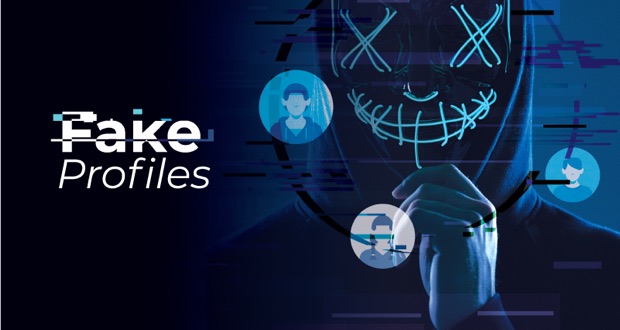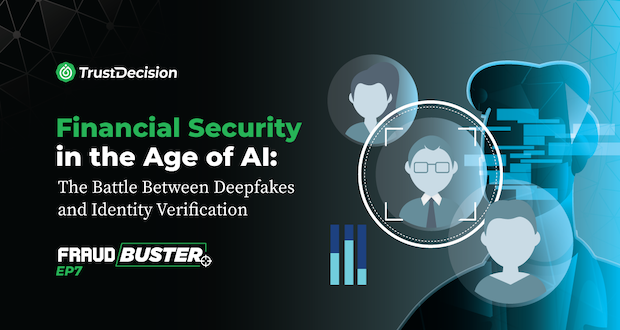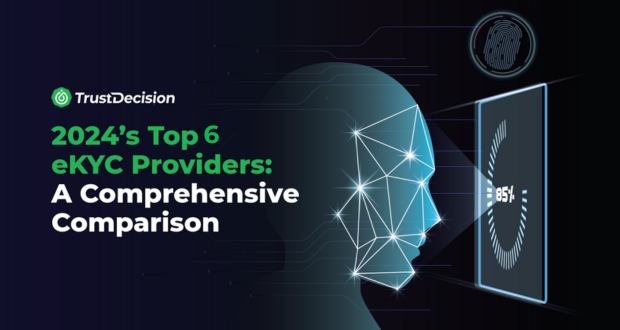Introduction
The Prevalence of Fake Profiles
Fake profiles are pervasive across various digital platforms such as social media, online marketplaces, and professional networking sites. They masquerade as legitimate users, often using stolen or fabricated identities, they pose significant risks to businesses. These profiles can tarnish a company's reputation by spreading false information, engaging in unethical behavior, or impersonating important personnel, causing serious damage to the organization's image and credibility.
In addition to reputation damage, fake profiles serve as a tool for financial fraud, enabling scammers to execute phishing attacks, identity theft, and fraudulent transactions, resulting in substantial financial losses for both individuals and organizations. Furthermore, they pose serious security risks as they can be exploited by malicious actors to infiltrate networks, gather sensitive information, or launch targeted attacks, compromising the integrity and confidentiality of crucial data and posing a severe threat to the organization's security structure.
The Origins of Fake Profiles
1. Automated Bots and Malicious Actors
Automated Bots
Automated bots play a significant role in creating and propagating fake profiles. These bots operate tirelessly, generating thousands of profiles across platforms. Their motivations include:
- Spamming: Bots flood comment sections, direct messages, and forums with irrelevant or harmful content. They aim to disrupt genuine conversations and promote their own agendas.
- Phishing: Bots create fake profiles to lure unsuspecting users into clicking malicious links or sharing personal information. Phishing attacks can lead to financial losses or data breaches.
- Spreading Misinformation: Bots amplify false narratives, conspiracy theories, and propaganda. They exploit social media algorithms to reach a wider audience.
Malicious Actors
Beyond automated bots, human actors also contribute to the fake profile ecosystem:
- Social Engineering Attacks: Malicious actors create fake profiles to manipulate individuals. They may impersonate trusted contacts, colleagues, or even family members to gain access to sensitive information.
- Financial Scams: Scammers pose as potential clients, investors, or partners. They establish fake profiles to build credibility and then exploit unsuspecting victims.
2. Data Breaches and Stolen Identities
In the murky world of fake profiles, data breaches play a pivotal role. These breaches provide cybercriminals with a treasure trove of personal information, which they then exploit to create convincing fake accounts. Let’s delve into the mechanics of this shadowy process and underscore the importance of securing user data.
How Cybercriminals Obtain Personal Information
- Stolen Credentials: When a website or service suffers a data breach, login credentials (such as usernames and passwords) are often exposed. Cybercriminals collect these stolen credentials and use them to create fake profiles. By impersonating legitimate users, they can infiltrate platforms undetected.
- Leaked Databases: Large-scale data leaks occur when databases containing user information are publicly exposed. These databases may include email addresses, phone numbers, and other personal details. Cybercriminals mine these leaked databases to construct fake profiles with accurate information.
- Social Engineering: Beyond technical breaches, social engineering tactics come into play. Cybercriminals manipulate individuals into revealing personal data willingly. They might pose as customer support representatives, requesting sensitive information under false pretenses.
The Importance of Securing User Data
The importance of securing user data cannot be overstated as it plays a pivotal role in a number of crucial areas. One such area is the prevention of identity theft. When cybercriminals create fake profiles using stolen identities, the ramifications for the innocent individuals are severe. Their reputations may be adversely affected and they could potentially face legal consequences due to fraudulent activities carried out in their names.
Beyond the individual level, the adverse implications for businesses are also significant. Any organization that fails to properly secure user data runs the risk of damaging its reputation. The trust that customers place in organizations can be quickly eroded when their personal information is mishandled or exposed, leading to financial losses and decreased customer loyalty. On a larger scale, legal and regulatory compliance such as adherence to data protection laws like GDPR, CCPA, and HIPAA, is vital. These laws mandate the safeguarding of user data, and non-compliance can result in substantial fines and legal repercussions. Therefore, due diligence in securing user data is not just an ethical obligation, but also a legal requirement that can affect the very survival of an organization.
Detecting and Identifying Fake Profiles
1. AI-Powered Solutions
Artificial intelligence (AI) plays a crucial role in identifying fake profiles:
- Machine Learning Algorithms: ML models analyze patterns and anomalies associated with fake accounts. They learn from historical data and adapt to new tactics used by cybercriminals.
- Natural Language Processing (NLP): NLP techniques examine profile content, including bios, posts, and comments. Suspicious language, inconsistencies, or unusual behavior trigger alerts.
2. Deep Learning Techniques
Deep learning, a subset of machine learning, relies on neural networks to process complex data. Here’s how it applies to spotting fake profiles:
- Neural Networks: These interconnected layers of artificial neurons mimic the human brain’s structure. They learn patterns from data and make predictions.
- Feature Extraction: Deep learning models extract relevant features from profile data. For fake profiles, features might include posting frequency, profile completeness, and connection patterns.
- Anomaly Detection: Deep learning identifies deviations from normal behavior. If a profile exhibits unusual activity (e.g., excessive friend requests or sudden changes in posting behavior), it raises a red flag.
3. Behavioral Red Flags
Common Behavioral Signs of Fake Profiles
- Excessive Friend Requests: Fake profiles often send a high volume of friend requests to unsuspecting users.
- Generic Profile Pictures: Stock photos or overly polished images are red flags. Genuine users usually have personal photos.
- Inconsistent Activity: Profiles that suddenly become active after long periods of inactivity may be fake.
Using Behavioral Analysis
Businesses can leverage behavioral analysis to flag suspicious accounts:
- Thresholds: Set thresholds for friend requests, posting frequency, and profile completeness. Profiles exceeding these thresholds trigger further scrutiny.
- Network Analysis: Examine connection patterns. Are the connections genuine or random? Deep learning models can identify anomalies.
Preventing Fake Profiles
User Authentication and Verification
Robust user authentication methods are essential to prevent the creation of fake profiles. Here’s why they matter:
- Two-Factor Authentication (2FA): Implementing 2FA adds an extra layer of security. Users must provide a second form of verification (such as a text message code or fingerprint) in addition to their password. This significantly reduces the risk of fake accounts.
- CAPTCHA: CAPTCHA challenges users to prove they are human by solving puzzles or identifying distorted characters. While sometimes annoying, CAPTCHA effectively thwarts automated bots from creating fake profiles.
- Verifying User Identities: During registration, businesses should verify user identities. This can be done through email confirmation, phone number validation, or even official documents (for high-security platforms).
Monitoring and Reporting Mechanisms
Encouraging User Vigilance
- Reporting Features: Businesses should provide users with an easy way to report suspicious profiles. Reporting mechanisms empower the community to flag fake accounts promptly.
- Monitoring Tools: Employ monitoring systems that track unusual activity and patterns. These tools can detect sudden spikes in friend requests, repetitive posting behavior, or suspicious IP addresses.
Educating Users
Raising Awareness
- Employee Training: Educate employees about the risks associated with fake profiles. Teach them how to recognize warning signs and report suspicious activity.
- Customer Awareness: Regularly inform customers about the existence of fake profiles and the importance of vigilance. Share guidelines on identifying suspicious accounts and reporting them promptly.
Conclusion
Addressing fake profiles is crucial for businesses in today’s digital landscape. Here’s the bottom line:
- Technology: Leverage advanced detection techniques, such as AI and deep learning, to stay ahead of cybercriminals.
- Awareness: Educate users about the risks and red flags associated with fake profiles. An informed community is better equipped to protect itself.
- Proactive Measures: Implement preventive measures, monitor user activity, and swiftly respond to reports. By doing so, businesses can maintain trust, security, and integrity.









.jpeg)




